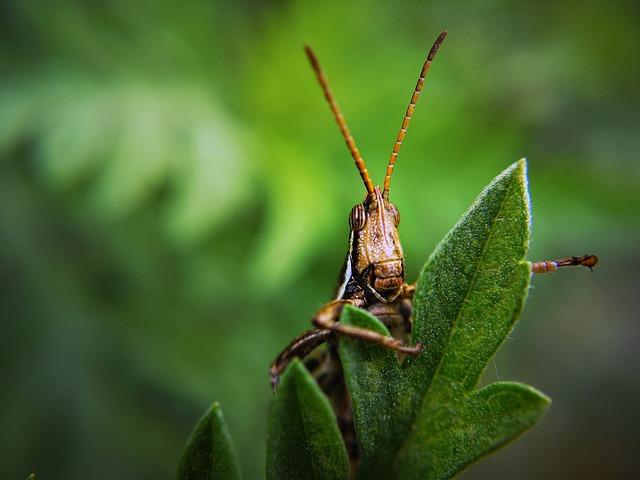Managing tree pests is a critical aspect of maintaining the health and vitality of forests and tree populations worldwide. With the increasing threats posed by new and emerging tree pests and diseases, effective strategies for detection, prevention, and management are essential. In Europe, the rise of invasive tree pests and pathogens has had detrimental impacts on biodiversity and forest services, highlighting the urgency of addressing these issues[1]. Implementing integrated pest management (IPM) techniques can be one of the key approaches to control tree pests and diseases without causing harm to the environment[3]. By understanding the challenges posed by tree pests and diseases and employing appropriate management strategies, we can work towards safeguarding our forests and tree populations for generations to come.
Managing Tree Pests
When it comes to safeguarding your trees from common pests, it is crucial to start by identifying the types of pests that may harm your trees. Some common tree pests include aphids, which feed on tree sap[1]. Understanding the life cycle of these pests is essential to effectively combat their presence in your trees.
Implementing Integrated Pest Management (IPM) techniques is a proactive approach to controlling tree pests. This holistic method aims to tackle pest issues by combining biological, cultural, physical, and chemical control strategies[3]. By incorporating IPM practices, you can minimize the negative impact of pests on your trees while promoting overall tree health.
- Choosing Effective Treatment Options: When combating tree pests, it is important to select treatment options that are both environmentally friendly and effective. Consult with a professional arborist to determine the best course of action for your specific tree pest problem.
- Preventing Future Infestations through Tree Maintenance: Regular tree maintenance, such as pruning, watering, and fertilizing, can help prevent future infestations by promoting tree vitality and resilience against pests.
- Seeking Professional Consultation for Severe Infestations: In cases of severe pest infestations, it is advisable to seek professional consultation from arborists or pest management experts to address the issue effectively and prevent further damage to your trees.
Q&A
Q: What are some common tree pests that homeowners may encounter?
A: Common tree pests that homeowners may encounter include aphids, caterpillars, beetles, and fungus.
Q: How can homeowners effectively manage tree pests in their yard?
A: Homeowners can effectively manage tree pests by practicing good tree maintenance, such as proper watering and pruning, using natural predators like ladybugs, and applying insecticidal soaps or horticultural oils.
Q: Are there any organic methods for controlling tree pests?
A: Yes, organic methods for controlling tree pests include neem oil, garlic spray, and introducing beneficial insects like lacewings or parasitic wasps.
Q: Are there any warning signs that indicate a tree is infested with pests?
A: Warning signs that indicate a tree is infested with pests include wilting leaves, yellowing foliage, holes in the trunk or branches, and visible pests on the tree.
Q: When should homeowners seek professional help for managing tree pests?
A: Homeowners should seek professional help for managing tree pests if the infestation is severe, if the tree is valuable or significant in size, or if previous control methods have been unsuccessful.
Conclusion
effectively managing tree pests is crucial to maintaining the health and vitality of forests, seed orchards, and nurseries. By selecting and using pesticides with care to minimize harm to non-target organisms, implementing strategies to control nonnative forest insects and pathogens, and considering natural pest-resistant plant varieties, we can work towards preserving the biodiversity and overall health of our tree populations. For further information on pest management principles, the impact of nonnative forest pests, or natural pest, weed, and disease control, refer to the resources provided in this article [1], [2], and [3].
Simpsons Tree Services, Servicing Melbourne’s North Eastern Suburbs
Book a quote online at www.simpsonstrees.com.au




